Though art and news photography commingle these days, artists and journalists are very different breeds.
I studied art at the undergrad and graduate level, and spent the last 20 years learning to understand the language, so it’s pretty natural to me, at this point.
The journalistic ethos I’ve learned on the fly, as I went from starting a little blog here in New Mexico, (that nobody read,) to writing for the New York Times in 4 short years.
Artists mostly do the work for themselves, because they enjoy it. Maybe it’s a path to sanity, or for those with ambition, to having a conversation with an audience of strangers.
But while a small group of artists are overtly political within their practice, for most, it’s about personal expression. (I paint the mountain because the mountain is there.)
Journalists, though, are more mission-driven, on the whole. They might have been nerds in high school, rather than hipsters, but they use their intelligence for the greater good.
Journalists face tough job prospects here in America, and dangerous violence in other places around the globe. Six Mexican journalists have been killed this year alone.
This very morning, in fact, the Republican candidate for Congressman in Montana physically assaulted a reporter from The Guardian, because he asked the man a question.
And just when things seem like they could not possibly get more surreal, the Fox News team, who were about to interview the politician, supported their British colleague as fully as possible.
Their first-hand accounts led to the jerk’s arrest. (And he’ll still probably win the election.)
The point is, while most artists have a cushy, if poorly paying job, many journalists, in order to tell their stories, are forced to put their lives on the line.
When I went to the New York Times portfolio review last month, I was very aware that the young journalists I met were on something of a quixotic trip, as far as careers go.
It’s been said that data, and information in general, are the world’s most valuable currency. Reporters and photojournalists traffic in highly dangerous information, and it makes them targets for murder. More so now than ever before.
I don’t mean to be an alarmist, but it truly is a slippery slope from reporters being beaten to reporters being killed. If we’re not careful, we’ll find our voices here in America, creative or journalistic, have been intimidated into silence.
Most, but not all of the photographers I reviewed came from the journalistic arena. Beyond admiring their gumption, several times I offered technical criticism suggesting the photographers consider embracing a more geometric, formal, “artsy” structure into their compositions.
Clean crops and solid shapes help pictures pop, in my opinion, whereas most news compostions care more about dynamism than structure.
I wasn’t able to procure images from all the photographers I met, but a quick memory-trip tells me they hailed from Colombia, France, China, Egypt, Ukraine, Nigeria, Argentina, South Africa and the United States. (Plus, the Argentine was based in Mexico.)
Today, we’re going to show you the best work I came across at the review. As usual, the photographers are in no particular order.
Miranda Barnes caught me completely off-guard, because she looked like she was 12 years old. Her big smile was disarming, and then her story was even more interesting. She’s born and raised in Brooklyn, and was currently studying law. But she’d fallen in love with photography.
I highly encouraged her to keep both things in her life, for now, because it can be so hard to make a living in photography these days. Miranda taught herself how to use a medium format camera, and then scan the negatives, with a truly impressive level of skill.
She showed me two series; one looked at Upper East Side rich folks after Trump’s election, and the other, which we’re showing here, featured African American Twins. When I asked her why she chose the latter subject, she said that when she’d looked up twins in Google Image, there were no kids of color at all.
Annie Tritt, who shoots editorially, had a project “Transcending Self,” about transgender and gender expansive children. It’s a subject that’s getting a lot of media coverage, so I appreciated that the pictures were topical, as well as being well-made.
We discussed whether she might want to do a deep dive on one particular subject, rather than a survey of many, so that the viewer can get a richer, more nuanced take on an issue that can be hard for some people to understand.
Yan Cong is a Chinese photojournalist and blogger, and she showed me a pretty strange project. Apparently, Beijing is preparing for the 2022 Winter Olympic games, which I didn’t know. That, along with the city’s wealth, created the need for ski areas in Northern China, within range of Beijing.
Yan is documenting the changes in one small town, as it’s transformed over the next five years. But that project is ongoing, and not ready to show, so I checked out a multi-media piece she’d made about the trafficking of Cambodian brides in China.
I found the audio track to be remarkable, and extremely sad. It’s worth a watch/listen, as it’s a good lesson in how adding to the photographic experience can increase a viewer’s emotional connection.
Rujie Wang was also from China, and was finishing up her BFA at the School of Visual Arts. I really loved her project, “Made in China,” in which she photographed cheap crap from the dollar store, alongside her friends from China, who were the models.
Eventually, she started composting in the studio, so the kitchy objects and neon palette create a visual aesthetic that is very contemporary. Even better, she’s begun to turn the photographs into .gifs, in which certain image layers dance around the surface of the picture, like characters out of Pokemon Go. Once she’s sorted out the proper way to exhibit the .gifs, I think they’ll be massively successful.
David “Dee” Delgado was my room captain for the review on Sunday, and we chatted a bit during breaks. I always offer to look at people’s work once I get home, if we can’t sit down, so Dee sent me a set of files the other day.
Apparently, for “Bike Life,” he’s shooting street riders in his home borough of the Bronx. I’m always telling you guys I want to see things I’ve never seen before, and these pictures definitely qualify. The high-contrast, hyper-real, black and white look makes them feel of the moment as well.
Lujan Agusti had maybe my favorite work, at least of the things that were totally resolved. Though she’s Argentine, she’s based in Veracruz, Mexico, the Western Hemisphere’s most dangerous place to be a journalist.
Lujan has photographed indigenous Mexicans from the area, in the clothing they wear for local festivals and ceremonies. I love that she updated a trope by bringing the subjects into the studio, and using their costume fabrics as backdrops.
Along with the creepy-clown vibe, the colors and patterns give these pictures some major visual tension. They’re great, and I love the way they manipulate color to channel the festive, reverential spirit of the ceremonies they’re meant to represent.


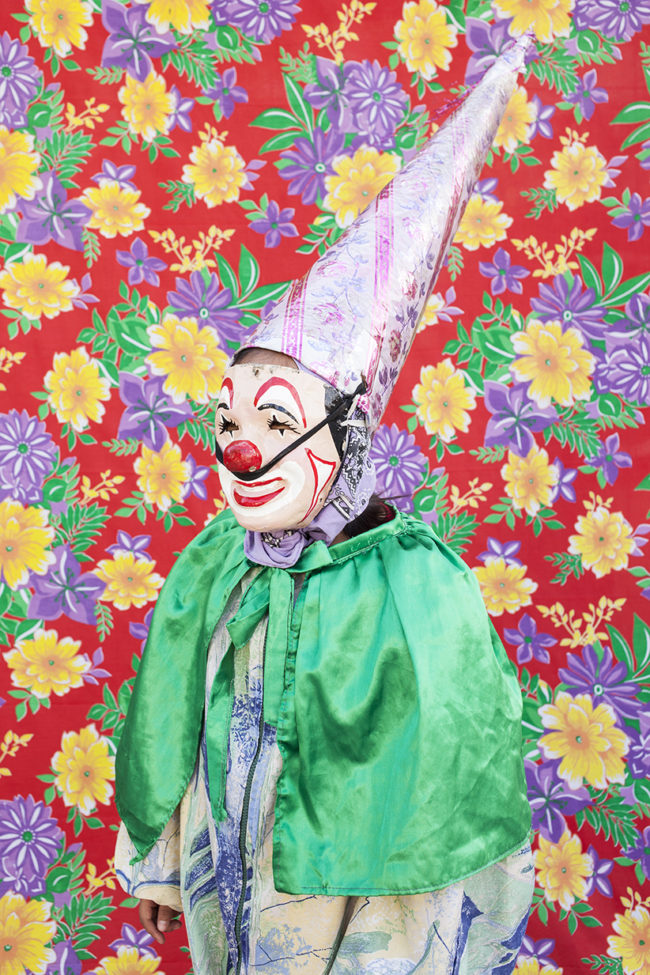


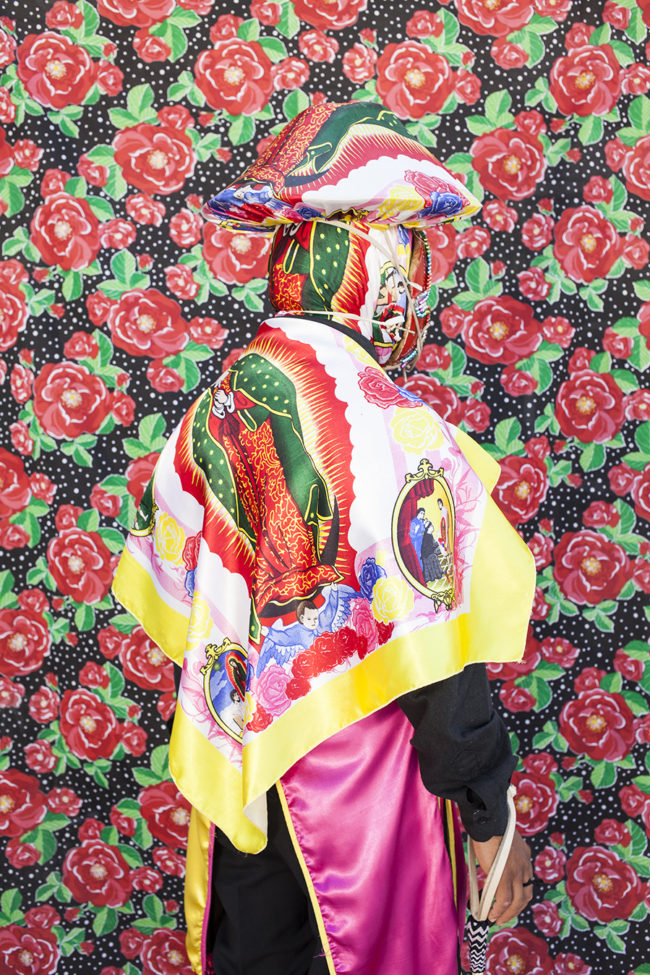
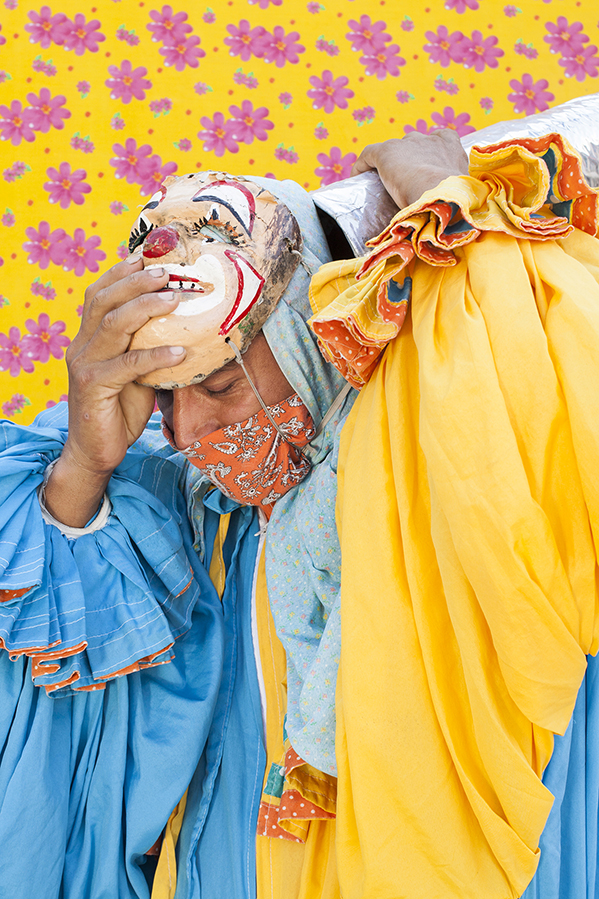
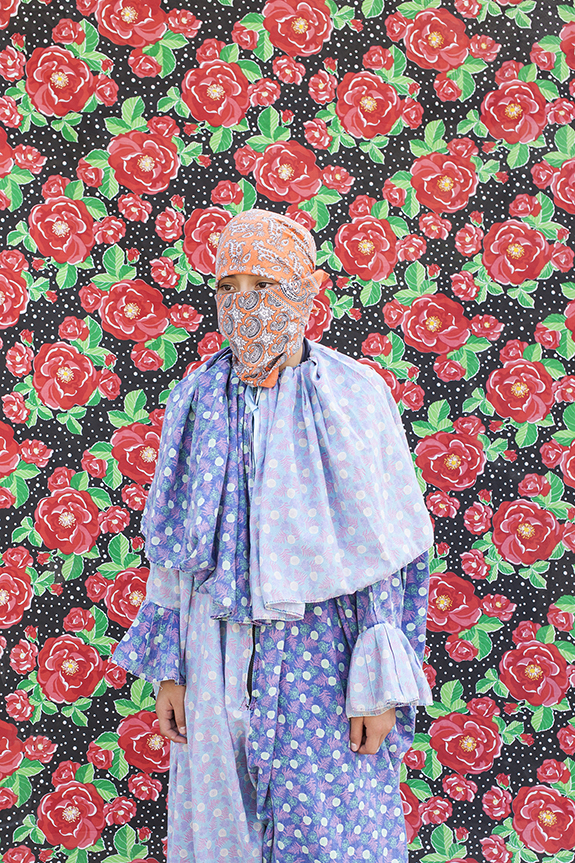

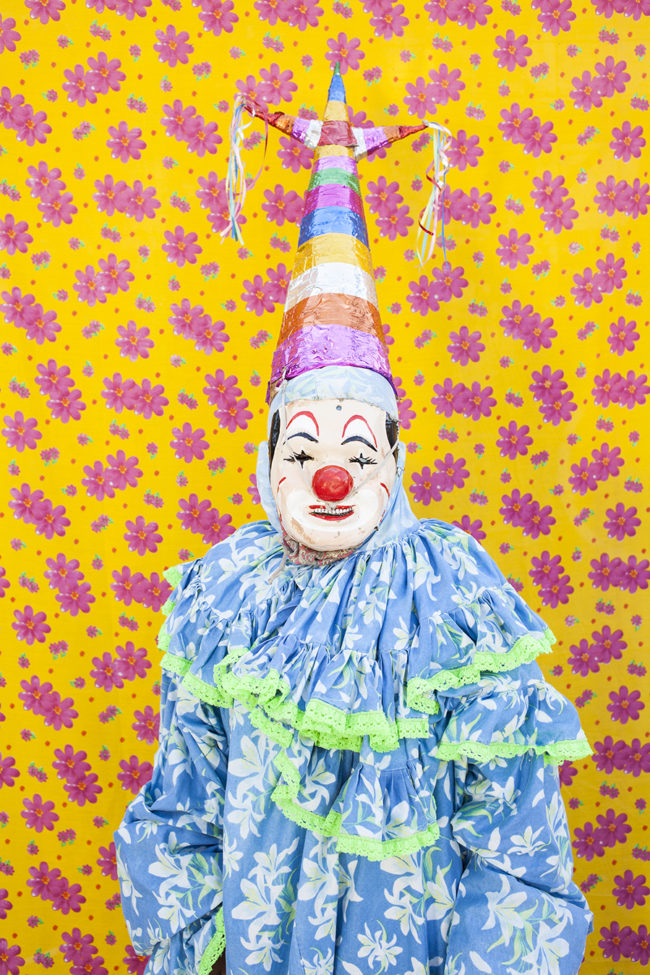
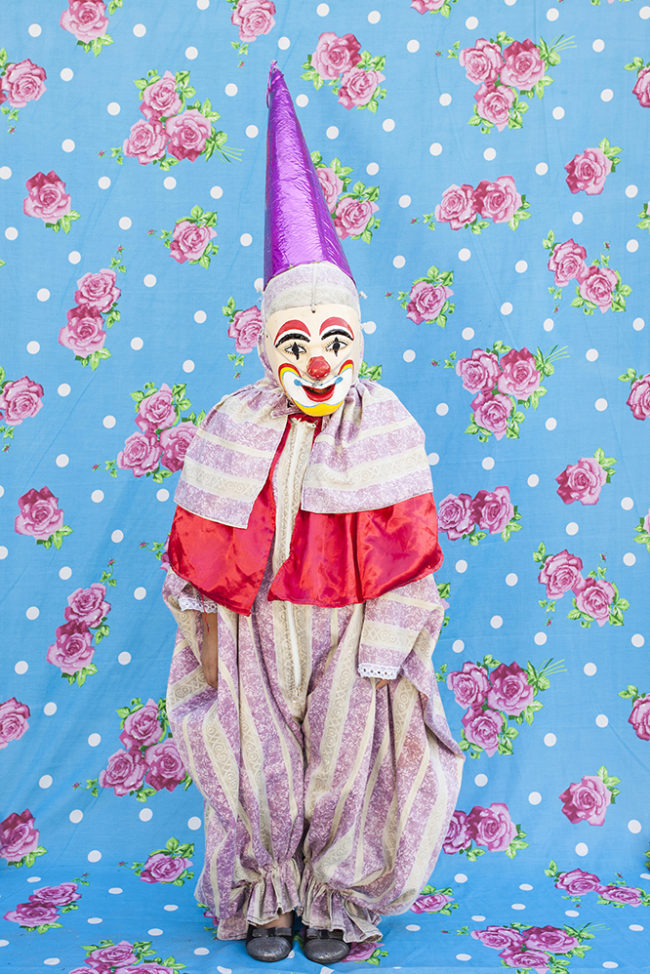
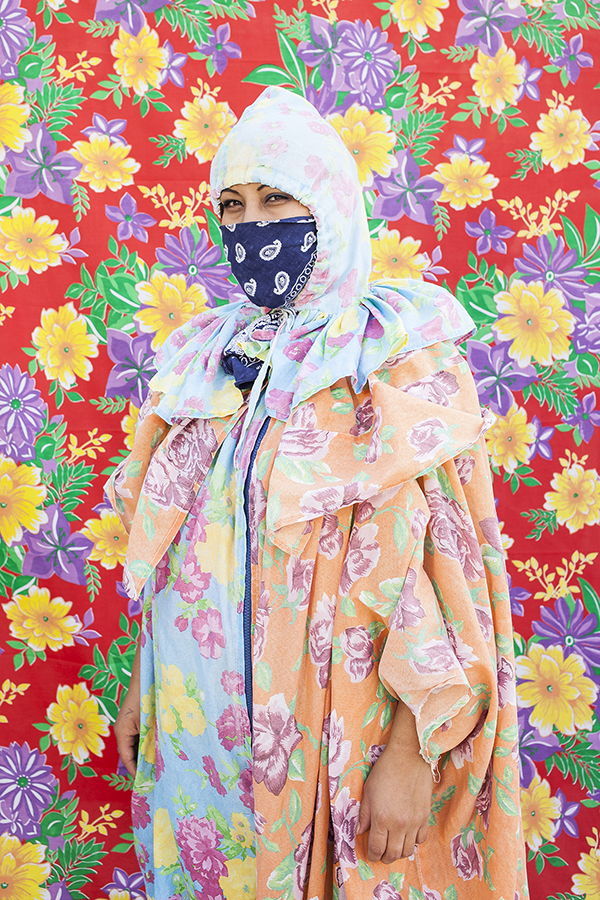

Last, but not least, we have Andres Millan. My editor Jim Estrin grabbed me, at one point, and said I had to talk to this young guy, so I said sure.
Andres had two projects I thought were very cool, the first of which featured panoramic images of Colombians battling illness. They were excellent, and the odd aspect ratio definitely helped them to stand out.
The other project, “The New Gold,” which we’re featuring here, contains pictures made in the Amazon basin. I liked that he intervened in the landscape, painting things gold to match the title, as it made the pictures more memorable. (Always a good thing at an event where you’re seeing so much work in a compressed amount of time.)
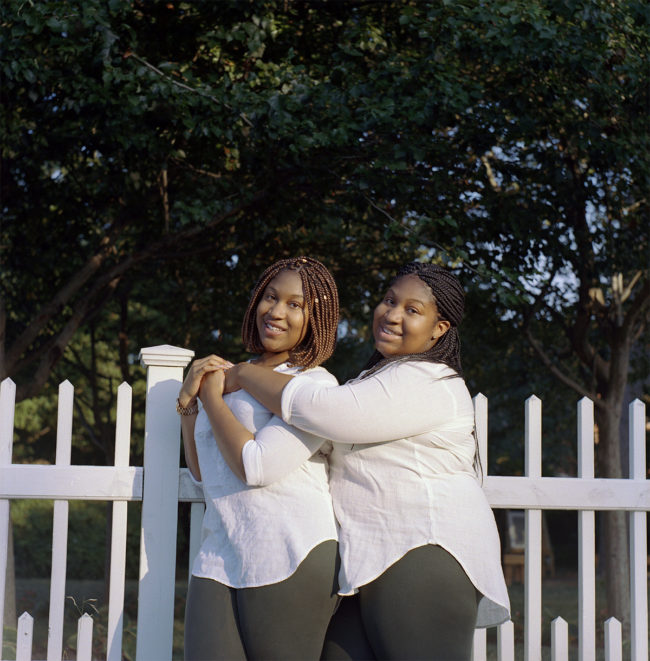


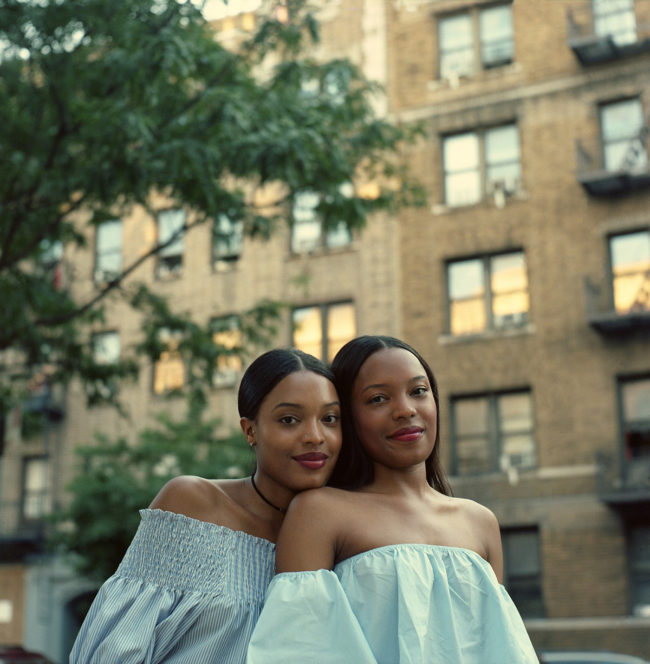

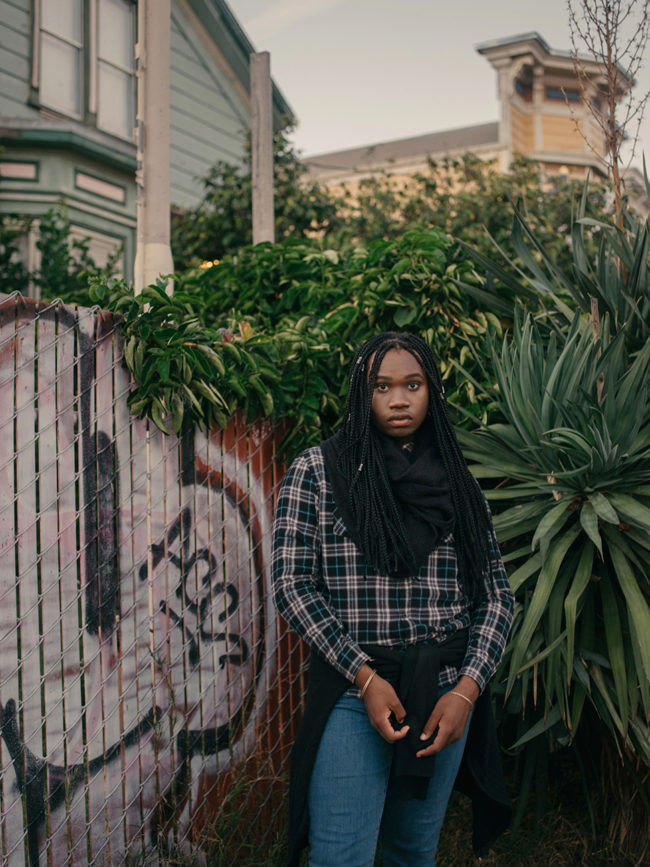
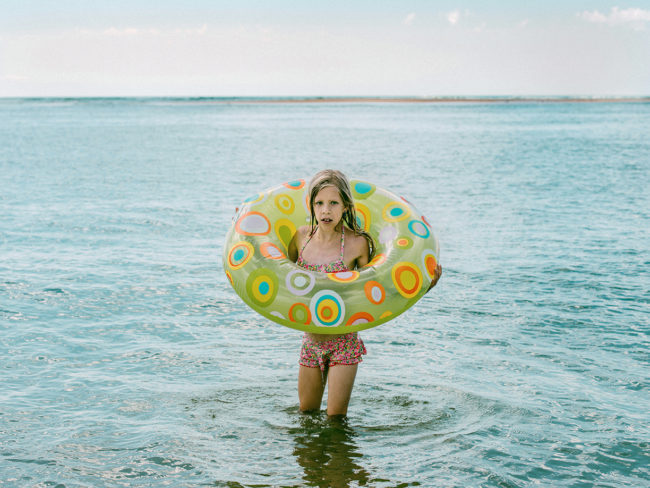
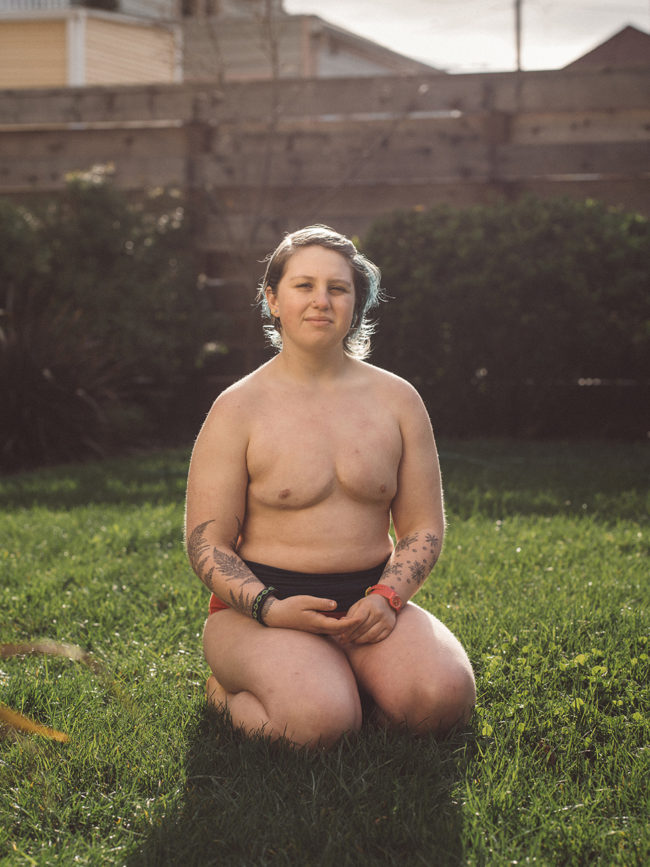

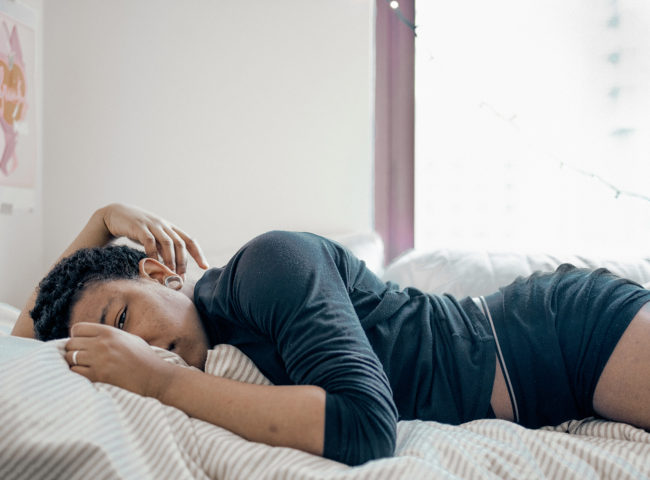
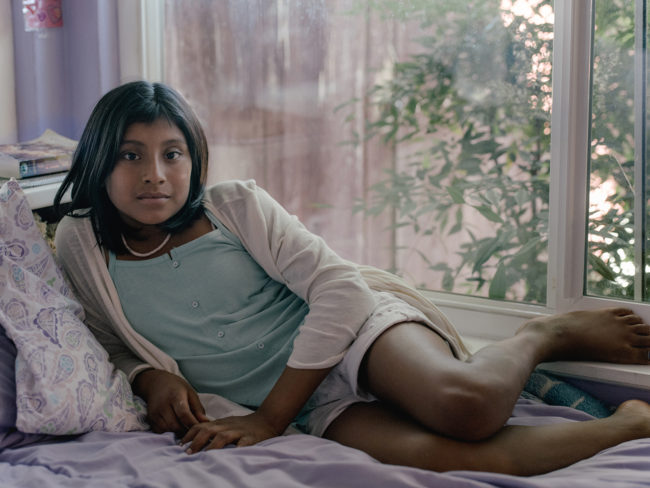
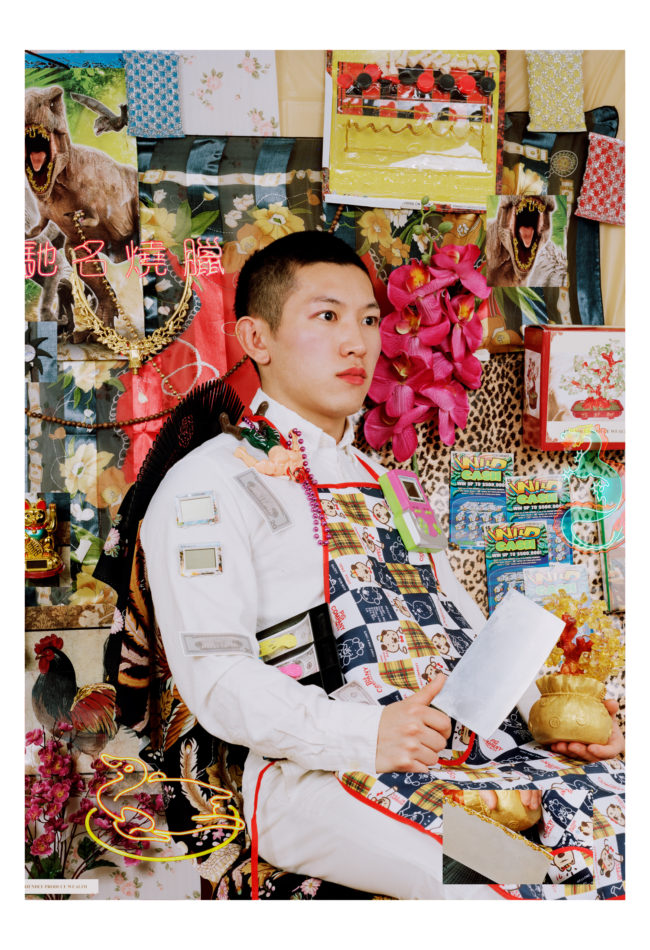
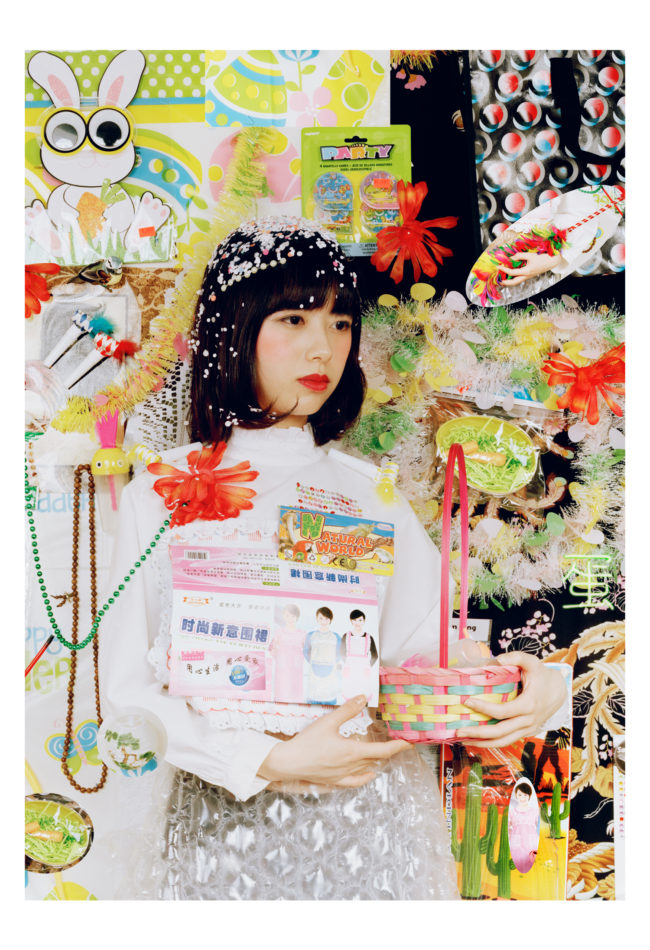
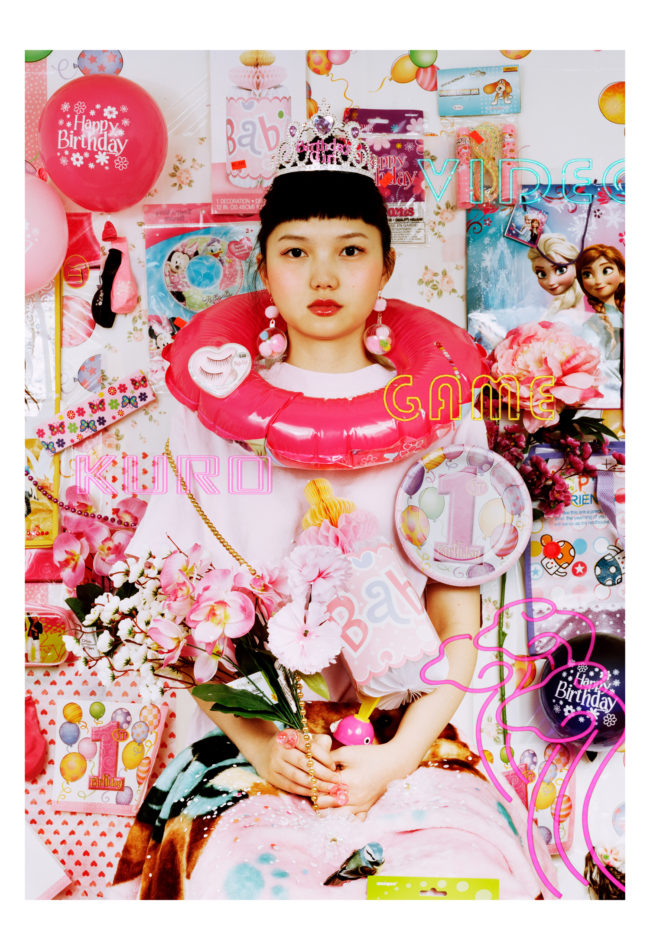
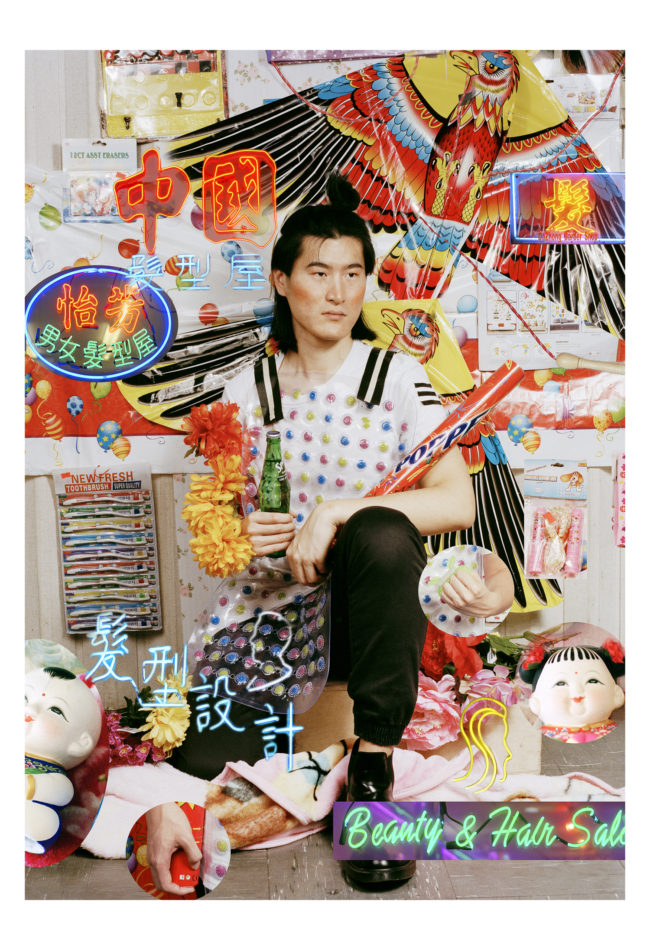

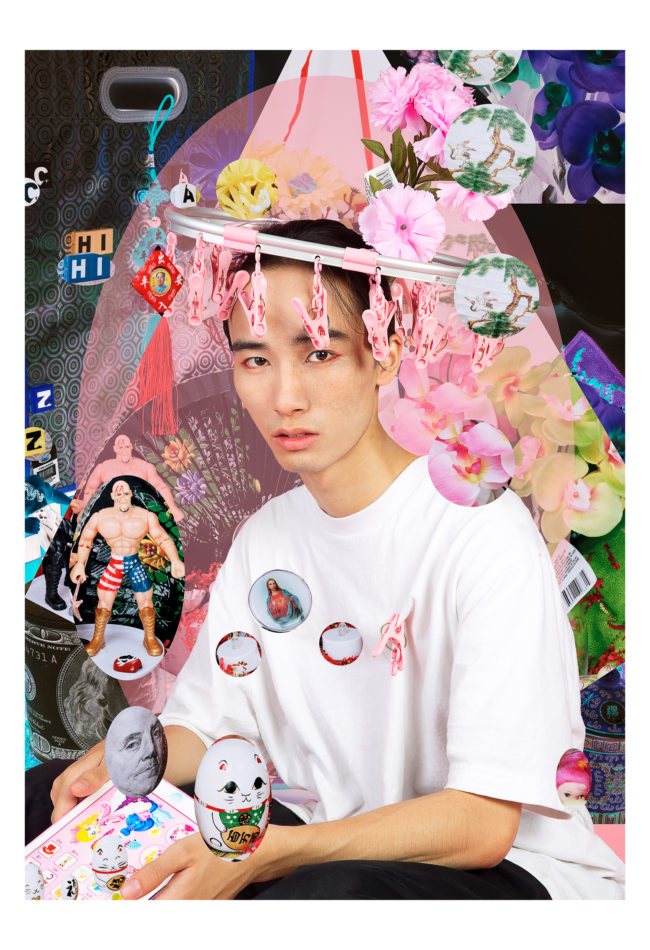
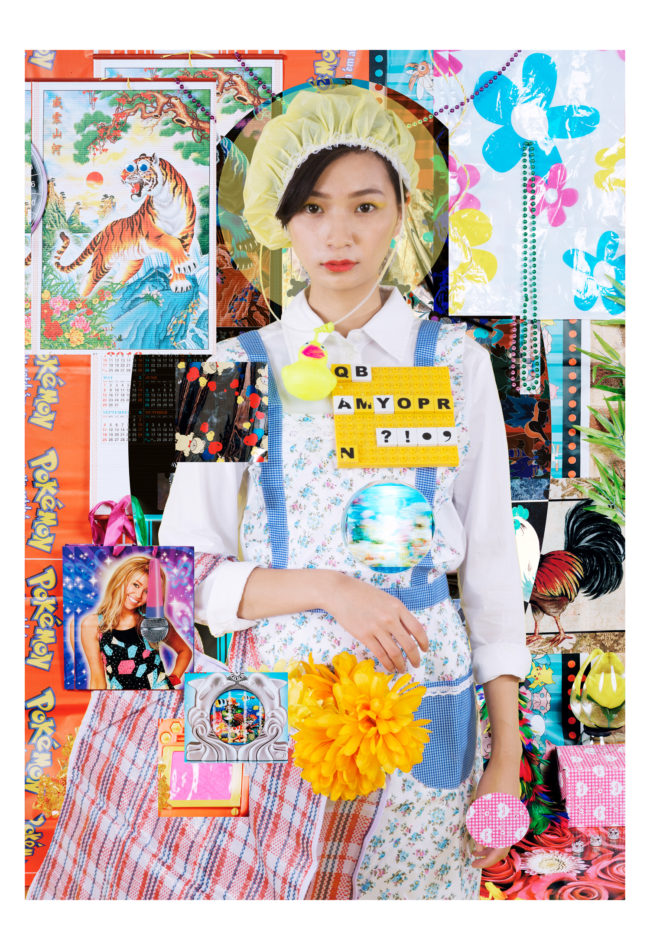
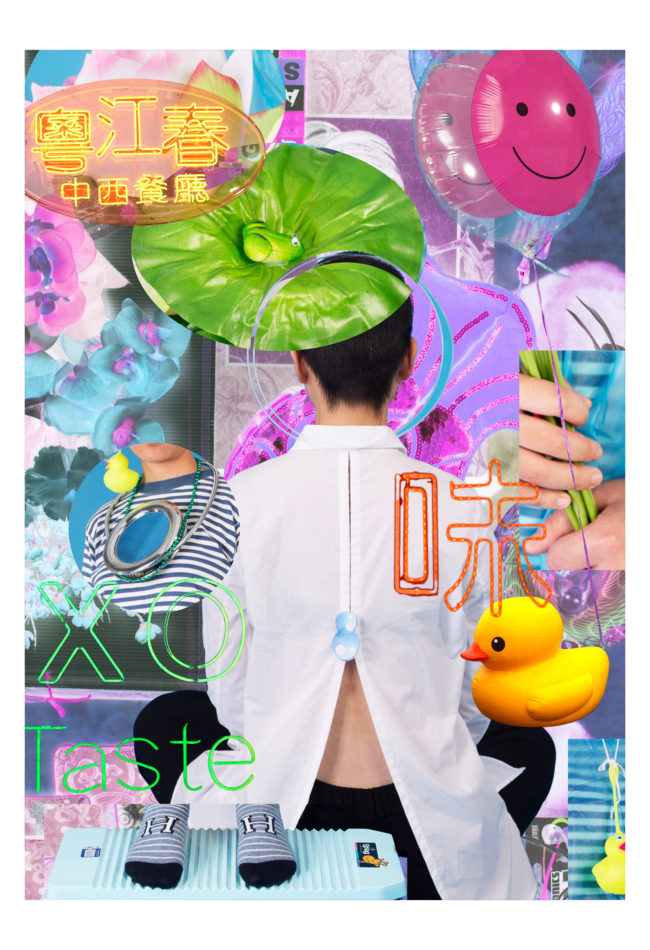



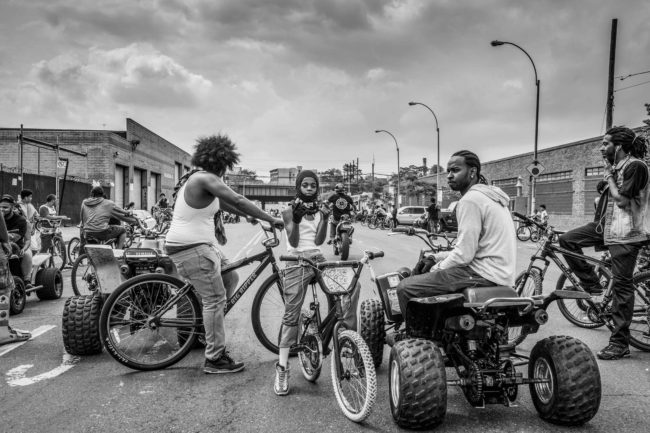

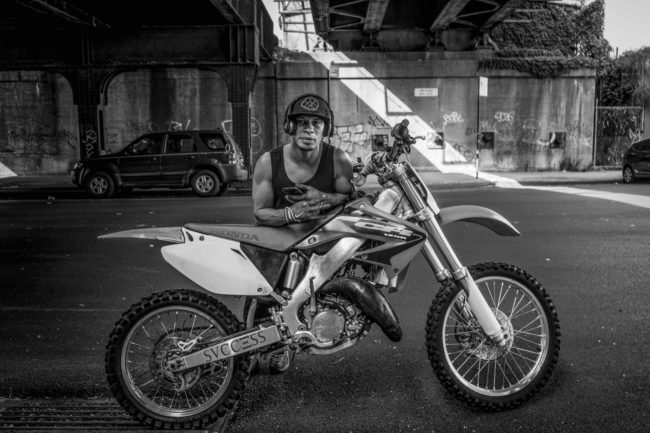

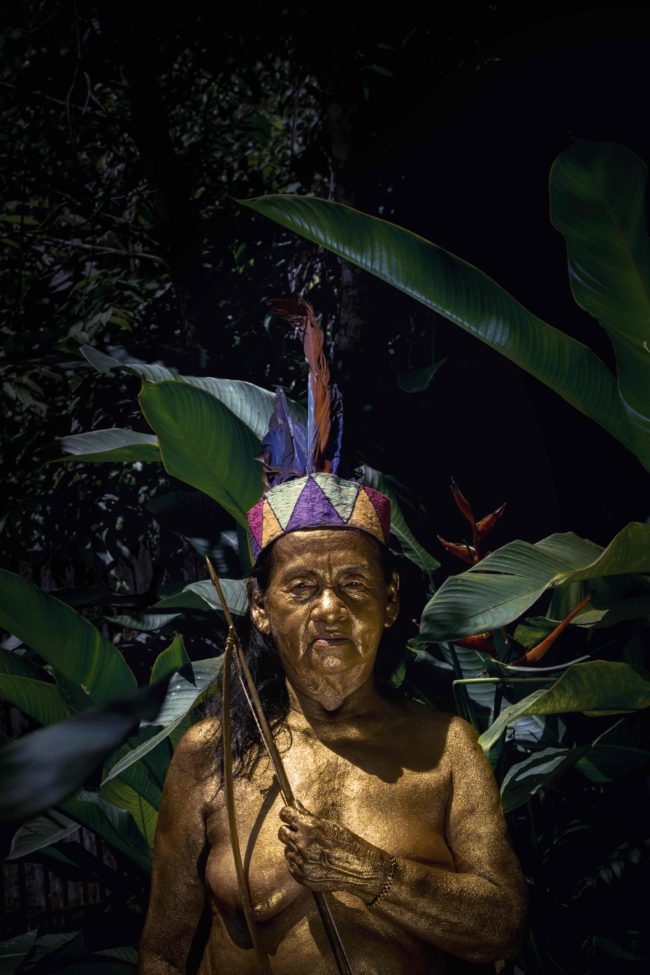
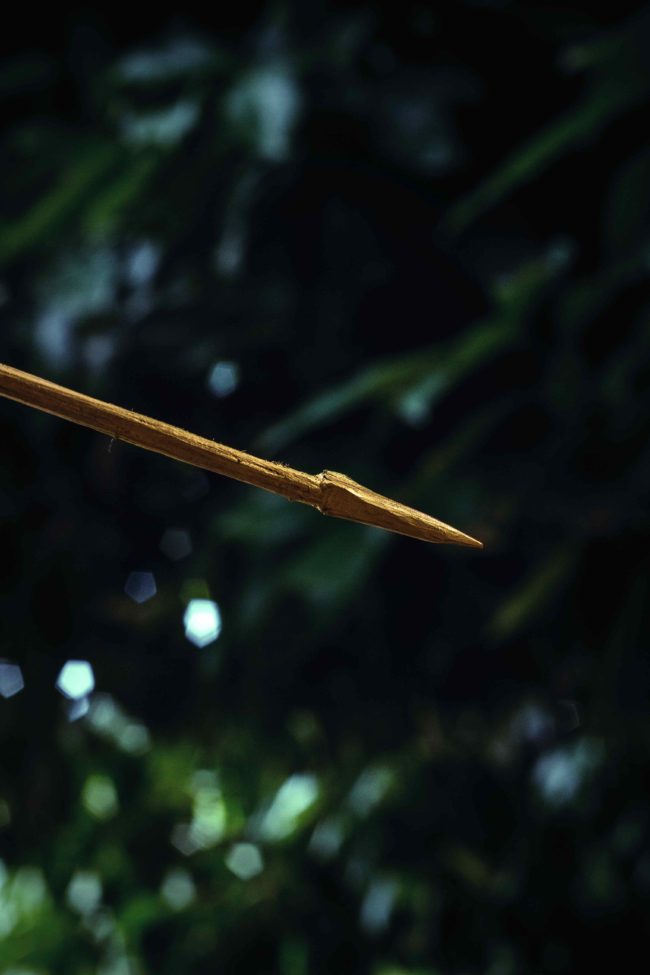
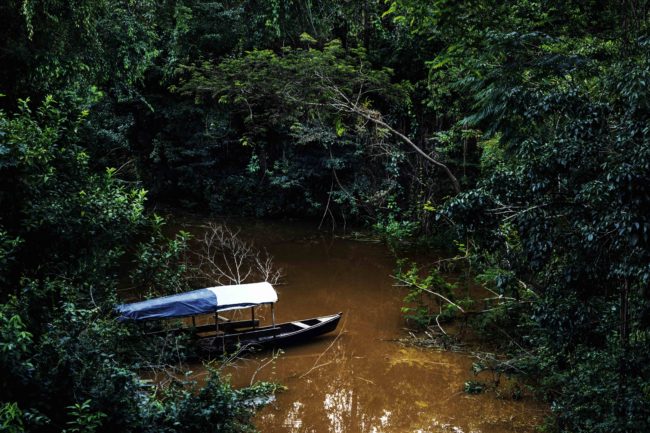
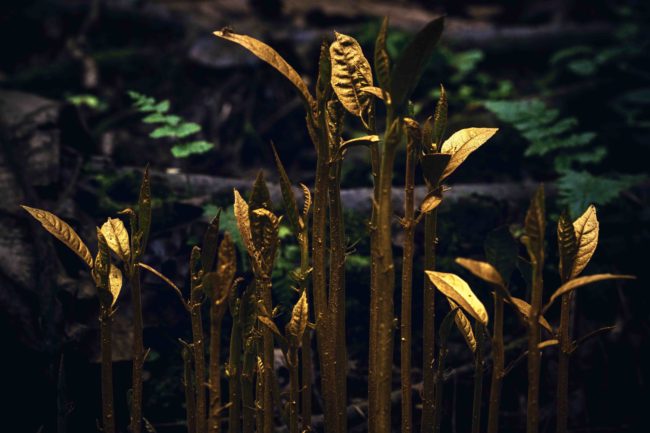
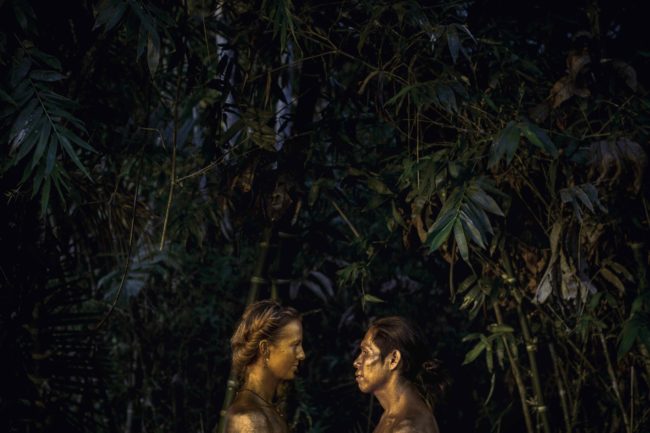
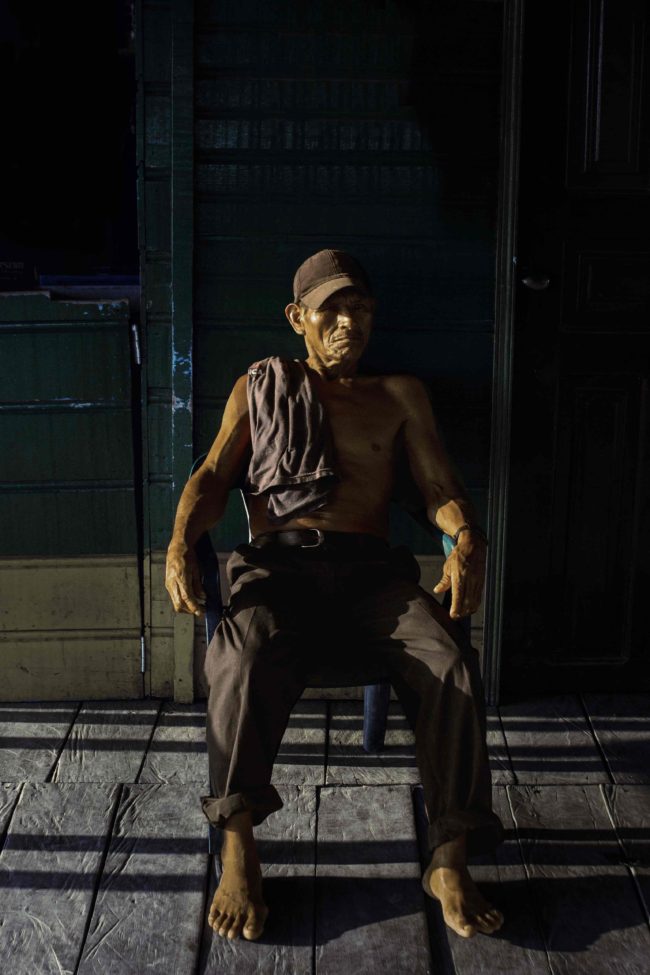

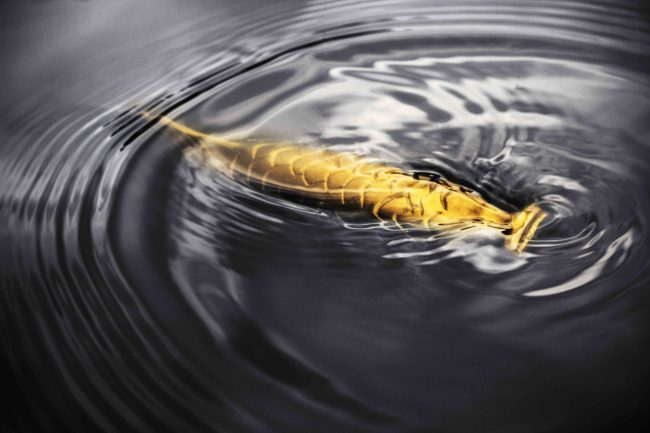
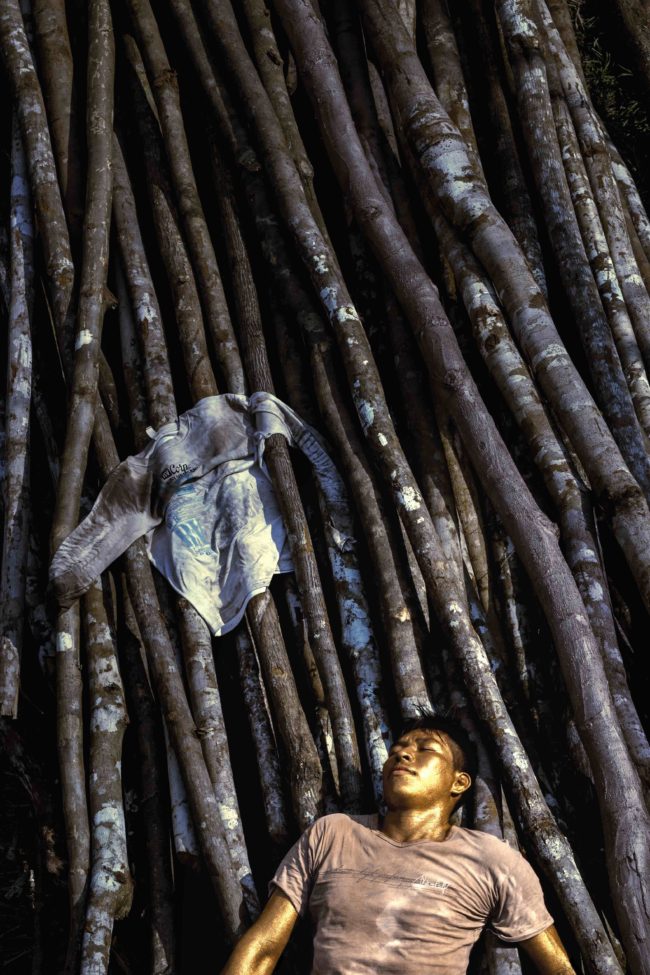
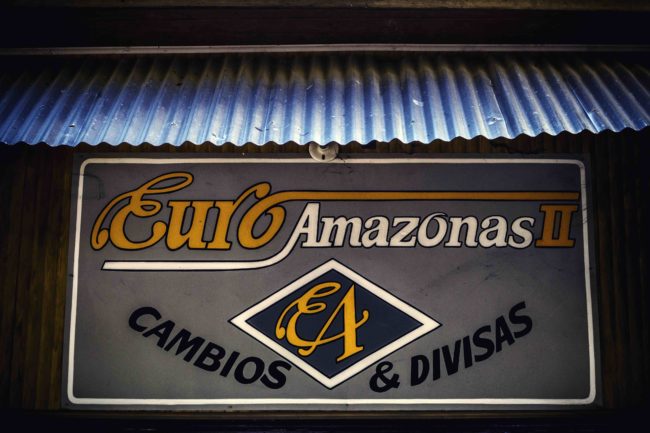
4 Comments
Wonderfully strong projects. I can’t (but sadly can) believe that Google Images had no twins of color.
Hang on. These images are not journalism. Sorry. Technically excellent, but these images are not journalism in the sense of reporting. Has the American idea of journalism and photojournalism become that soft as these images would fit way better in a gallery than a news magazine or newspaper (or news website)
They are a nice selection. Thanks
Beautiful work here. Thank you for amplifying these amazing photographers’ visions!
Comments are closed for this article!